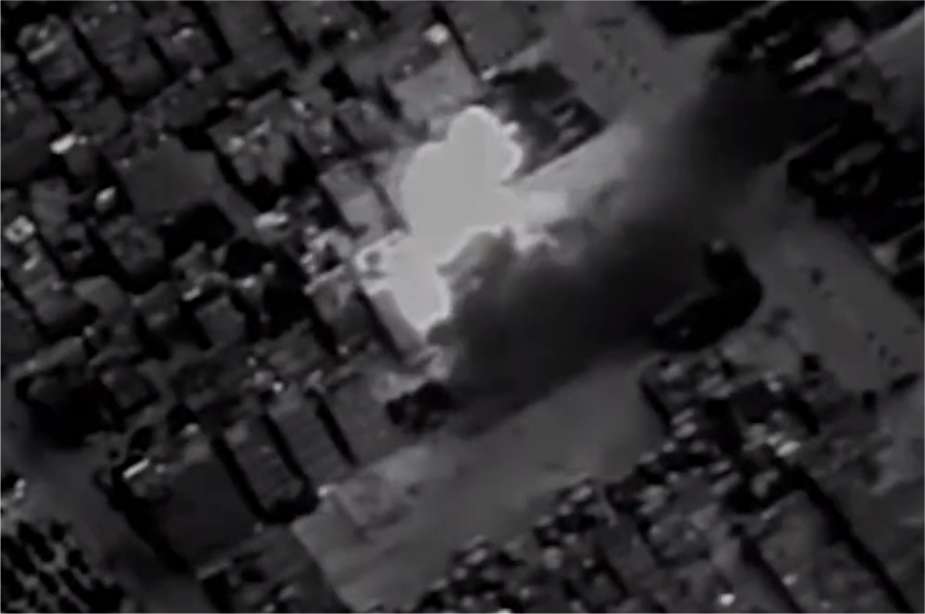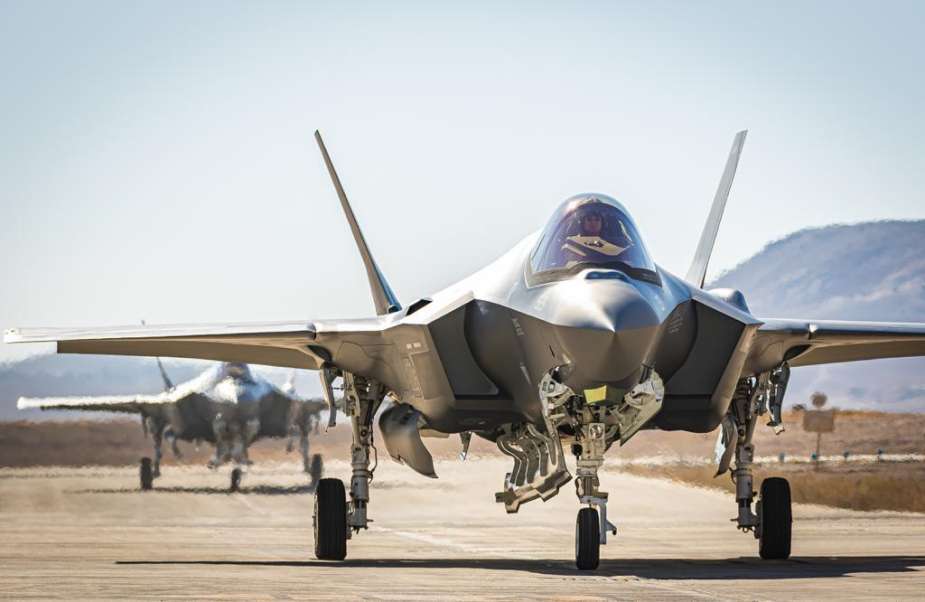Breaking news
Israeli Air Force launches large-scale air attack on Gaza Strip.
According to The Times of Israel, on the night of October 8-9, Israel intensified its airstrikes on the Gaza Strip to "devastate the capabilities of the Hamas terrorist group". Unlike previous operations where only the homes of commanders were targeted, this time the Israeli army also targeted the homes of all Hamas terrorist militants. 500 Hamas sites have been hit according to information from the Israeli air force.
Follow Air Recognition on Google News at this link
 Air Strike performed by the Israeli Air Force on the Gaza Strip (Picture source: X/Twitter account of Israeli Air Force)
Air Strike performed by the Israeli Air Force on the Gaza Strip (Picture source: X/Twitter account of Israeli Air Force)
The Israeli army has also abandoned its "roof knock" protocol, which served as a warning before strikes, opting instead for the systematic destruction of homes. The United States is considering moving its warships and planes closer to Israel, and senior members of Hamas and Hezbollah have indicated that Iranian security officials helped plan a surprise attack on Israel.
To carry out these operations, Israel has a diversified air fleet. The Israeli Air Force is equipped with various types of aircraft, including F-16 Fighting Falcons, F-15 Eagles, and F-35 "Adirs." These aircraft are capable of launching a variety of missiles, including air-to-ground and air-to-air missiles, to neutralize various threats.
The F-16 Fighting Falcon, for example, is an extremely versatile multi-role aircraft. It is designed to be both agile in aerial combat and effective for ground attack missions. Equipped with radar and targeting systems, it has a range of 550 km. The Israeli F-16, often called the F-16I Sufa (Storm), is a variant specially adapted to Israel's needs and can carry a wide range of munitions, including air-to-air missiles and precision-guided bombs.
The F-15 Eagle is another pillar of the Israeli Air Force. Designed primarily as a fighter aircraft, the F-15 excels in interception and air superiority missions. The Israeli variant, the F-15I Ra'am (Thunder), is equipped with electronic systems that allow it to carry out long-range strike missions, with the F-15 having a range of 1,950 km, a greater range than the F-16.
Finally, the F-35 "Adir" is the latest addition to the Israeli fleet and represents the pinnacle of stealth technology and electronic warfare. This fifth-generation aircraft is capable of penetrating heavily defended airspace without being detected by enemy radars. Its versatility allows it to carry out a variety of missions, ranging from air superiority to ground attack to reconnaissance.
Each of these aircraft can be equipped with various types of missiles, including air-to-air missiles like the Python 5, and air-to-ground missiles like the Delilah. The choice of aircraft and armaments will depend on the specific mission, whether it be surgical strikes or air superiority missions. According to the 2022 military balance, Israel will have 3 squadrons of F-15s, 9 squadrons of F-16s, and two squadrons of F-35s. Israel also has 34,000 men in its air force, who perform a variety of roles, including maintenance, coordination, and, of course, piloting the aircraft.
In summary, the Israeli Air Force has aircraft with advanced technical capabilities, allowing it to respond to a wide range of threats and operational scenarios. However, in light of the war in Ukraine, where low-cost anti-aircraft systems have challenged Russian air dominance, one may wonder if Hamas forces will be able to counter the coming Israeli air dominance using similar techniques.
 Israeli F-35 Multirole fighters in 2019 ( Picture source: Israeli MoD)
Israeli F-35 Multirole fighters in 2019 ( Picture source: Israeli MoD)



















